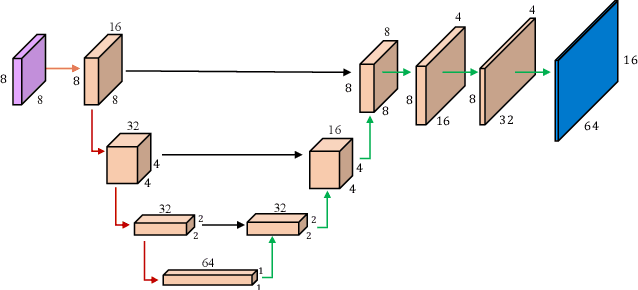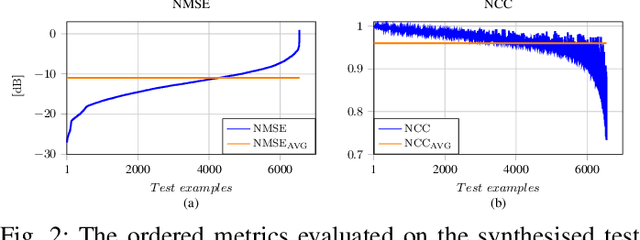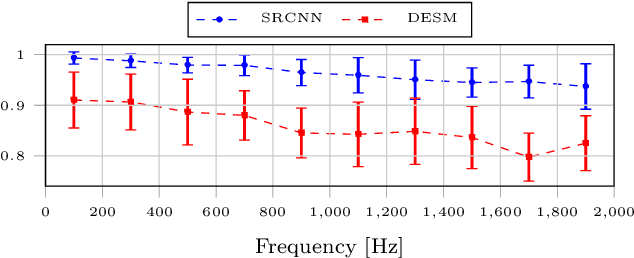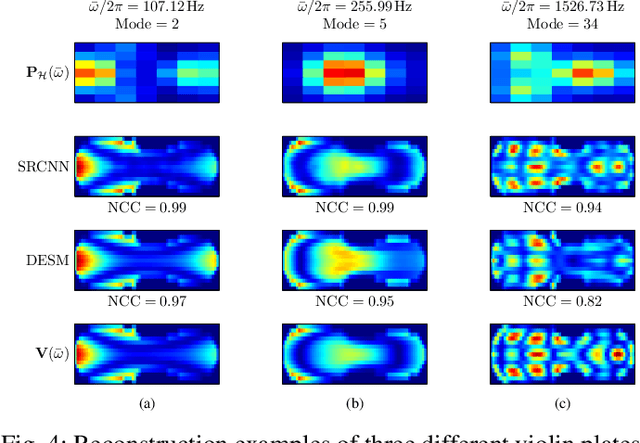Marco Olivieri
Physics-Informed Neural Network for Volumetric Sound field Reconstruction of Speech Signals
Mar 14, 2024Abstract:Recent developments in acoustic signal processing have seen the integration of deep learning methodologies, alongside the continued prominence of classical wave expansion-based approaches, particularly in sound field reconstruction. Physics-Informed Neural Networks (PINNs) have emerged as a novel framework, bridging the gap between data-driven and model-based techniques for addressing physical phenomena governed by partial differential equations. This paper introduces a PINN-based approach for the recovery of arbitrary volumetric acoustic fields. The network incorporates the wave equation to impose a regularization on signal reconstruction in the time domain. This methodology enables the network to learn the underlying physics of sound propagation and allows for the complete characterization of the sound field based on a limited set of observations. The proposed method's efficacy is validated through experiments involving speech signals in a real-world environment, considering varying numbers of available measurements. Moreover, a comparative analysis is undertaken against state-of-the-art frequency-domain and time-domain reconstruction methods from existing literature, highlighting the increased accuracy across the various measurement configurations.
Near field Acoustic Holography on arbitrary shapes using Convolutional Neural Network
Mar 31, 2021



Abstract:Near-field Acoustic Holography (NAH) is a well-known problem aimed at estimating the vibrational velocity field of a structure by means of acoustic measurements. In this paper, we propose a NAH technique based on Convolutional Neural Network (CNN). The devised CNN predicts the vibrational field on the surface of arbitrary shaped plates (violin plates) with orthotropic material properties from a limited number of measurements. In particular, the architecture, named super resolution CNN (SRCNN), is able to estimate the vibrational field with a higher spatial resolution compared to the input pressure. The pressure and velocity datasets have been generated through Finite Element Method simulations. We validate the proposed method by comparing the estimates with the synthesized ground truth and with a state-of-the-art technique. Moreover, we evaluate the robustness of the devised network against noisy input data.
 Add to Chrome
Add to Chrome Add to Firefox
Add to Firefox Add to Edge
Add to Edge